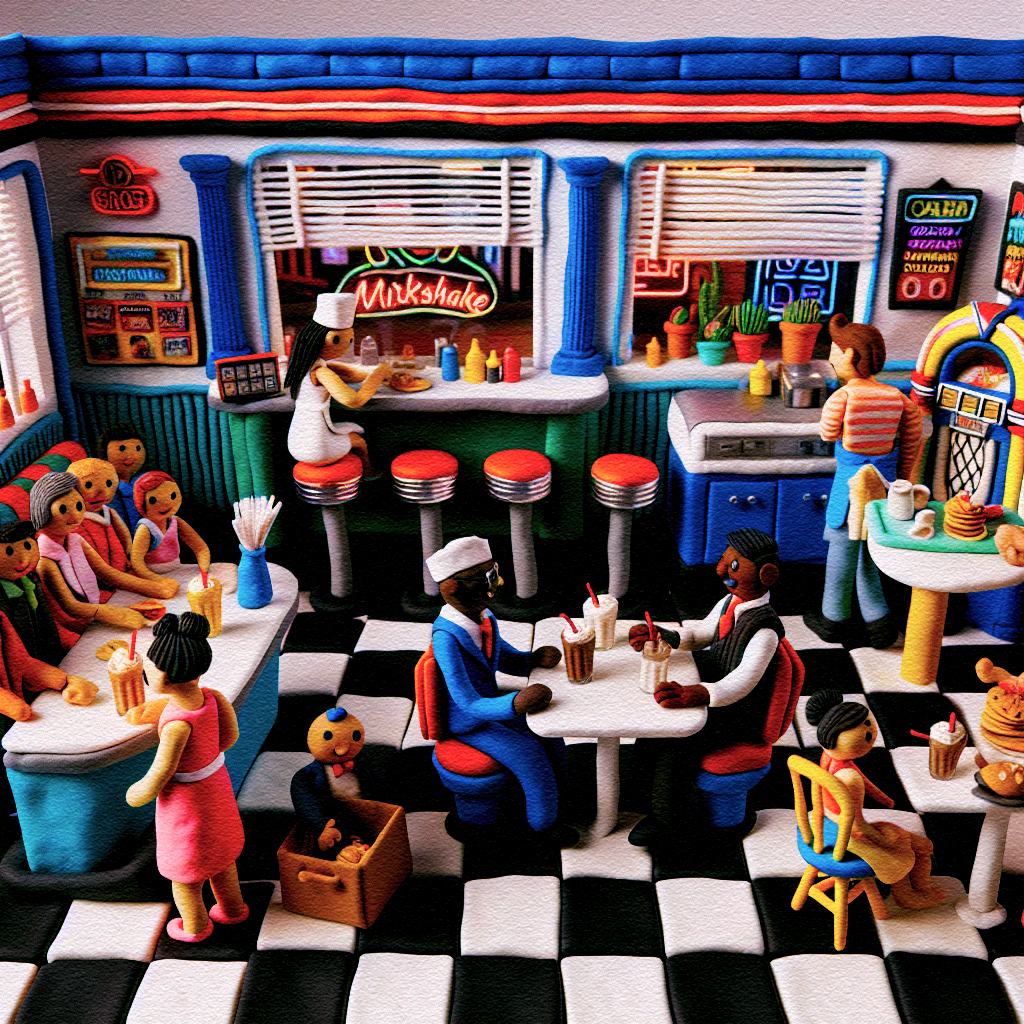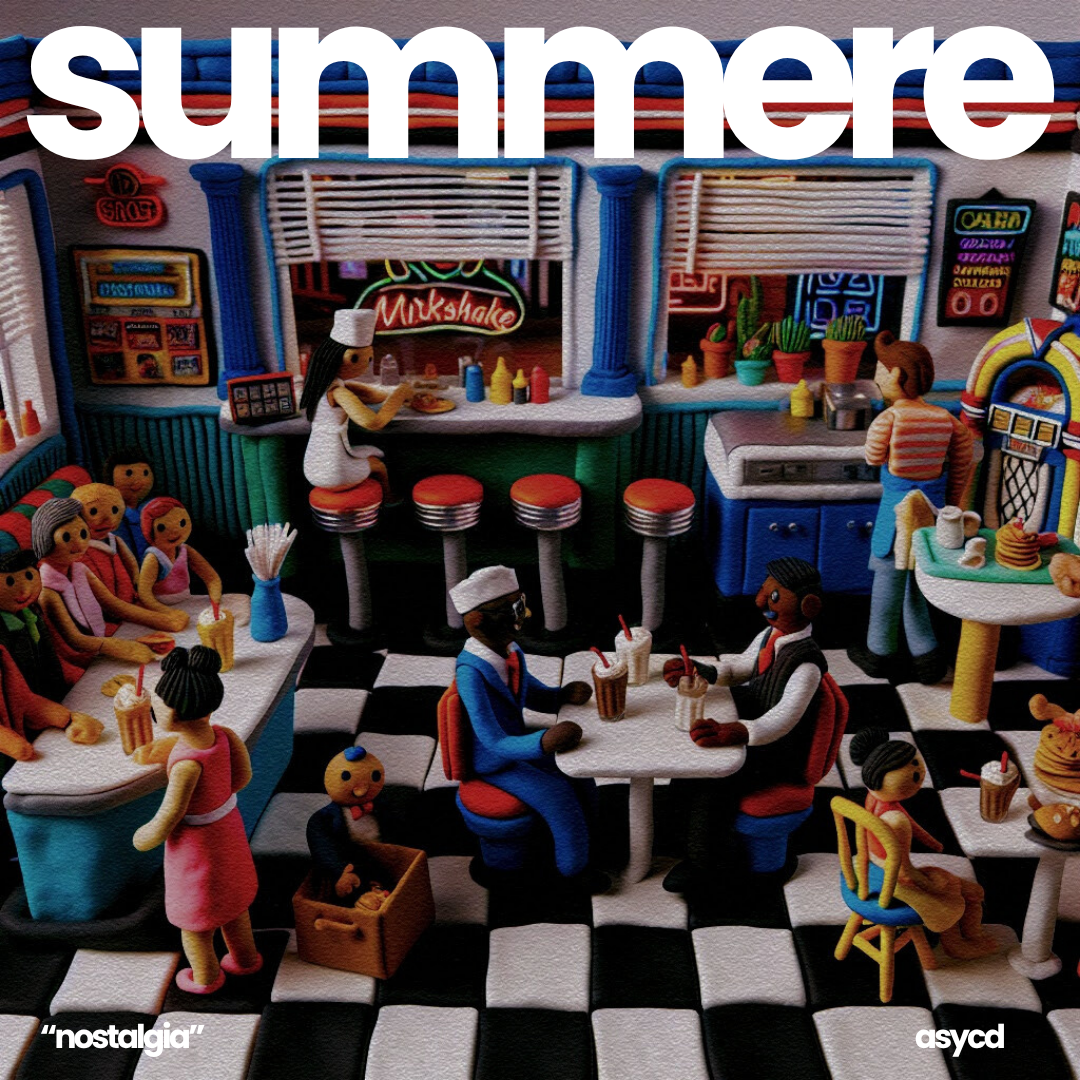nostalgia — using the feeling as a design language in “summere”
“nostalgia”
The power of art and music to make you reminisce on past feelings is a strange one. How exactly do seemingly irrelevant pieces of art manage to do this to us? The answer is nostalgia but how exactly does it work and what does it mean to us?
Nostalgia emerges when sensory input — a visual cue, a melody, a scent — activates stored autobiographical memories via the hippocampus. Simultaneously, the amygdala infuses those memories with emotional weight, making them feel vivid and sometimes overwhelming. In essence, our brain doesn’t just retrieve data; it reconstructs atmosphere, mood, and meaning.
Eventually most of your past will feel elementally nostalgic and with some sort of an emotion attached but why does this matter to us?
Why Does it Matter?
It does not really matter at all. We just believe in the power of nostalgia and we aim to make our art as playful and stylized as possible to focus on the emotional resonance instead of visual accuracy or intrigue.
It’s powerful because even though it will not relate to everyone because we all have different experiences, the small group of people who do resonate with the art are momentarily transported — not to a specific memory, but to a feeling that once lived in the background of their lives. That’s the magic of stylized, playful cartoons: they bypass the literal and go straight for the heart.
“nostalgia” - summere
Discover the full summere collection out now here.



